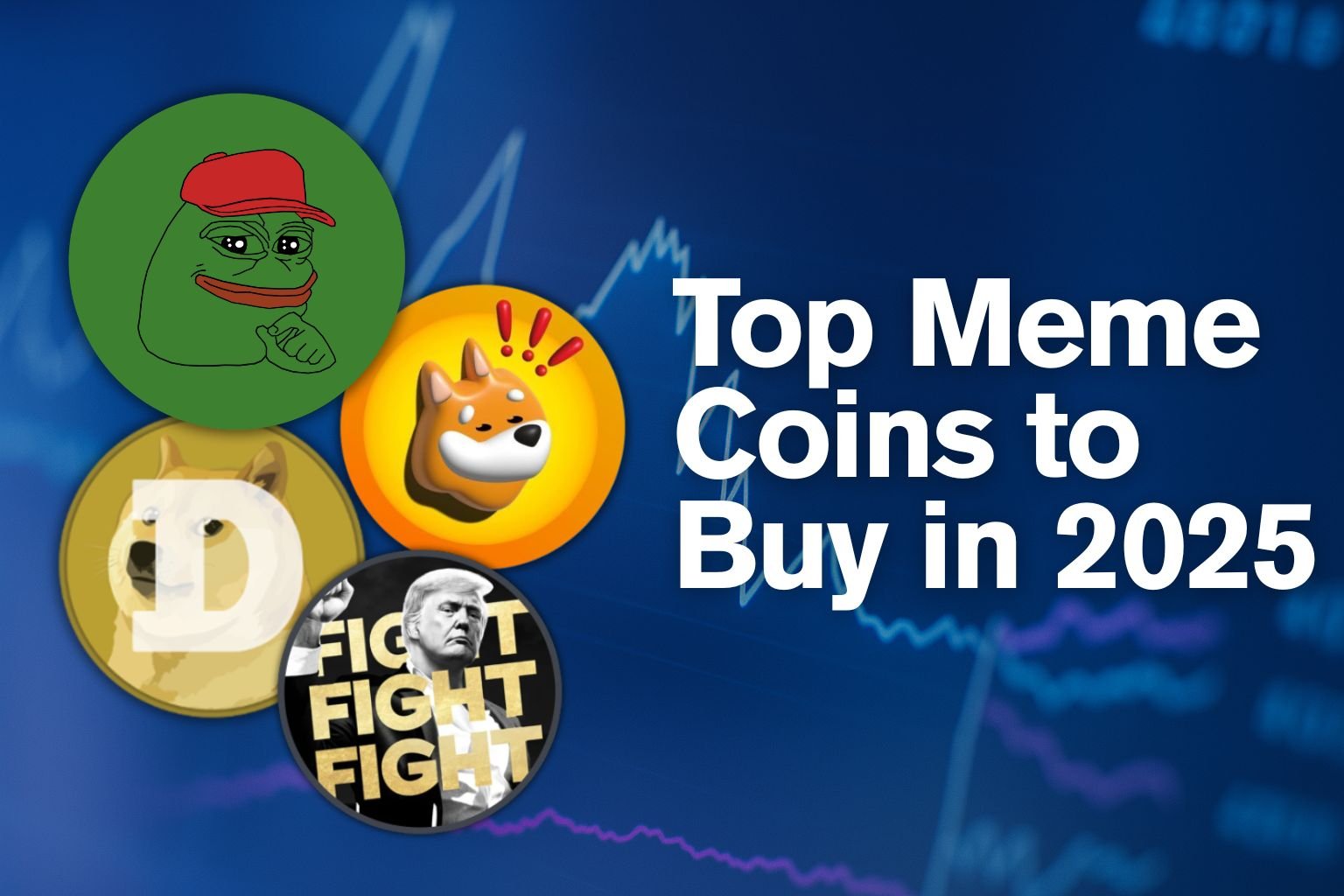Popular cryptos
Serum
Download app Ironwallet and get tool for making transaction without network fee
About Serum
Decentralized finance (DeFi) holds great promise to expand access to financial services globally. An innovative platform called Serum seeks to fulfill this promise by building a lightning-fast and low-cost decentralized exchange.
Origins and History of Serum
Serum was founded in 2018 by crypto entrepreneur Sam Bankman-Fried. Its goal was to create an on-chain decentralized exchange that could match the speed and experience of centralized exchanges. After extensive research and development, Serum launched its mainnet in 2020.
Serum was built on the Solana blockchain, which offered high throughput and low fees compared to networks like Ethereum. This allowed Serum to have order matching and settlement speeds measured in milliseconds rather than seconds.
SRM Token
The Serum token (SRM) exists as an SPL token on the Solana blockchain but has an interesting dual presence on the Ethereum blockchain as an ERC-20 token. This token plays a crucial part in the functionality of Serum, allowing users to transfer value, cover transaction costs, and engage in the platform’s decision-making processes. The total supply of SRM tokens is capped at 10 billion, with an initial release of 1 billion tokens and a current circulation of 50 million tokens. The plan includes releasing the remaining tokens gradually through a schedule that locks liquidity over time. A notable strategy by Serum’s developers is the decision to lock 91.25% of all tokens for an extended period, aiming for a decentralized evolution of the project.
Use Cases for Serum
Serum aims to be the most efficient platform for trading all kinds of digital assets. Its main use cases include:
- Trading fast-moving cryptocurrencies like Bitcoin, Ethereum, stablecoins, and governance tokens. Settlement happens almost instantly.
- Supporting lending, derivatives, and other DeFi protocols by facilitating the swaps they require.
- Enabling startup projects to launch new tokens and bootstrap liquidity easily through Serum’s efficient AMM model.
Serum Decentralized Exchange
Serum’s exchange is built on a central limit order book (CLOB) model with automated market makers (AMMs) like Uniswap layered on top. Here are some key features:
- Orders are matched through a transparent on-chain limit order book visible to all participants to prevent frontrunning.
- Low fees starting at just 0.00001 SRM per trade allows high-frequency trading at scale.
- Cross-chain swaps are possible between assets on Solana, Ethereum, and other chains using wormhole bridges. This unlocks greater liquidity.
- Developer-friendly tools like the Pyth oracle network make it simple to create new markets.
Trading on Serum
Trading on Serum offers a powerful experience. The exchange currently processes 700-800 thousand transactions per second. This translates to:
- Order matching in under 1 millisecond, rivaling centralized exchanges.
- No failed transactions and maximum uptime, even under peak loads.
- Margin trading and derivatives possible up to 50x leverage by integrating lending protocols.
Advanced trading features like stop losses, limit orders, and SERUM’s UI enable precision trading for professionals while remaining accessible to novices.
Fees and transaction costs
Unlike Ethereum DEXs, Serum keeps fees low through an efficient blockchain and clever incentives.
- Settlement gas costs are a fraction of a penny, even when demand surges.
- Discounted fees for SRM token holders and liquidity providers promote healthy markets.
- Makers receive a fee rebate while takers pay slightly more, reducing spreads.
These perks make Serum one of the most affordable ways to trade DeFi tokens.
Security and decentralization
As a decentralized exchange, Serum cannot censor or freeze accounts. Its security stems from Solana’s proof-of-stake consensus model.
Solana requires validators to stake SOL tokens to participate in block production. Currently over 700 validators globally secure the network. The SOL token also aligns incentives between validators, developers, and users.
Further, Serum’s design prevents many attack vectors like front running that plague some DEXs. Ongoing audits and bug bounties also help secure the protocol.
The Road Ahead for Serum
Serum continues to iterate based on community feedback and build integrations. Its roadmap includes:
- Cross-chain bridges to expand supported assets.
- Mobile and hardware wallet support to improve usability.
- Developer tools like Serum Academies to expand adoption.
As decentralized finance progresses, Serum’s design could make it the premier place to trade digital assets of all kinds. Its speed, efficiency, and robustness are difficult to match.
Conclusion
By combining decentralized infrastructure with a high-performance exchange, Serum aims to expand access to open financial services. It represents a significant step forward for the DeFi movement.
If Serum succeeds in its ambitions, it could become the gateway to trading and managing digital assets for millions globally just getting started with blockchain-based finance. The project shows the profound possibilities technology can unlock when designed right.





















